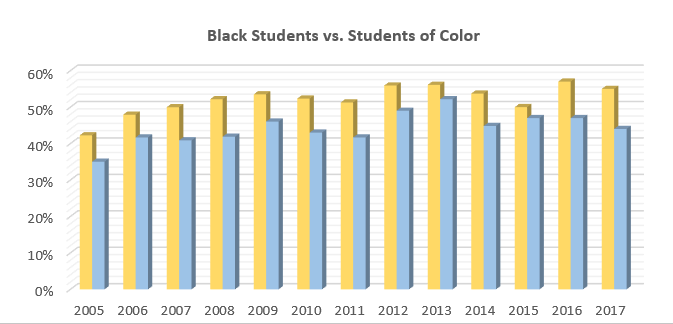A college education opens the door to many opportunities that would not otherwise be available to most individuals. Adults with postsecondary credentials are more likely to be employed and to earn more than others. Many occupations are open only to those with specific degrees or certificates. Higher levels of education correspond to more access to health care and to retirement plans; more educated people are more likely to engage in healthy behaviors, to be active and engaged citizens, and to be in positions to provide better opportunities for their children.
A wealth of data shows, the average payoff of higher education is very high. Earning a bachelor’s degree or a graduate degree leads to the highest earnings, the lowest unemployment rates, the widest range of career opportunities, and the sharpest differences in civic participation and health related behaviors such as smoking and exercise.
The economic benefits of increases in postsecondary attainment extend far beyond the individuals who earn credentials. A more productive economy generates a higher standard of living overall. The higher earnings of educated workers generate higher tax payments at the local, state, and federal levels. Four-year college graduates pay, on average, 91% more in taxes each year than high school graduates, and for those who continued on to earn a professional degree, average tax payments are more than three and a half times as high as those of high school graduates.
College graduation rates for students of color consistently trails college graduation rates for Whites but even more ominously, college graduate rates for black students consistently trails college graduate rates for students of color as shown in the following diagrams for the State of Minnesota.
To achieve any meaningful progress in education for students of color, the following constituencies need to be engaged: students, families, communities, educators, administrators, school boards, labor unions, the Professional Educators Licensing and Standards Board and local licensure boards, the private sector, county governments, the mental health community, the justice system, higher education, futurists, the legislature, and the Minnesota Department of Education.
We know that if a student has a positive relationship with an educator and an educator understands and knows a student, their potential for success increases because they hold each other accountable for their own education and teaching in the relationship. Every adult that interacts with children need to know what the child’s needs are in order to be successful. To this end, the Educate-to-Elevate program at TEA seek to engage and influence meaningful progress not only on the student’s side but also on the educator’s side.
The Educate-to-Elevate program at TEA seeks to accomplish three key goals:
1- Increase the percentage of black high school students enrolling in 4-year colleges in Minnesota from the current 4.57% (2022) to 13% by 2030.
2- Create a pipeline of students enrolling in colleges to acquire teaching licenses to teach in Minnesota schools.
3- Increase the percentage of teachers of color in Minnesota from the current 4% (2022) to 13% by 2030.

The two adjacent diagrams show the racial trends in the college graduation rates for students in Minnesota over a 13-year period.
The first chart compares the college graduation rates of white students to the college graduation rates of students of color. Students of color consistently underperforms white students.
The two adjacent diagrams show the racial trends in the college graduation rates for students in Minnesota over a 13-year period.
The first chart compares the college graduation rates of white students to the college graduation rates of students of color. Students of color consistently underperforms white students.

Sign up for our latest news & articles.
Create Opportunities for people in historically disenfranchised communities in all our work
Inspire and Empower others through our relentless pursuit of excellence
Show Commitment and see all our work to the end regardless of the obstacles
Show Courage and face disparity challenges fearlessly, firmly, and calmly
vvvvv